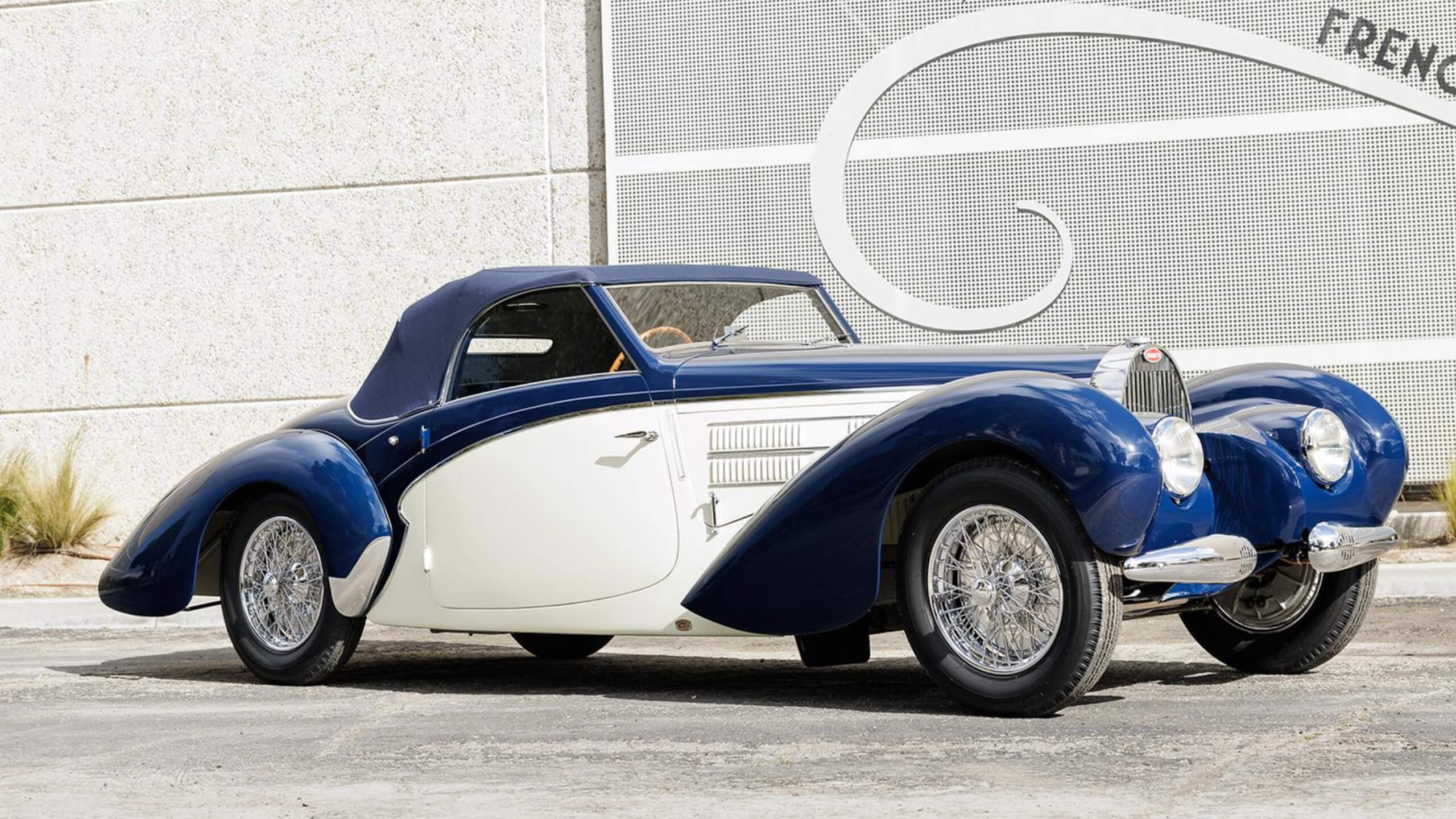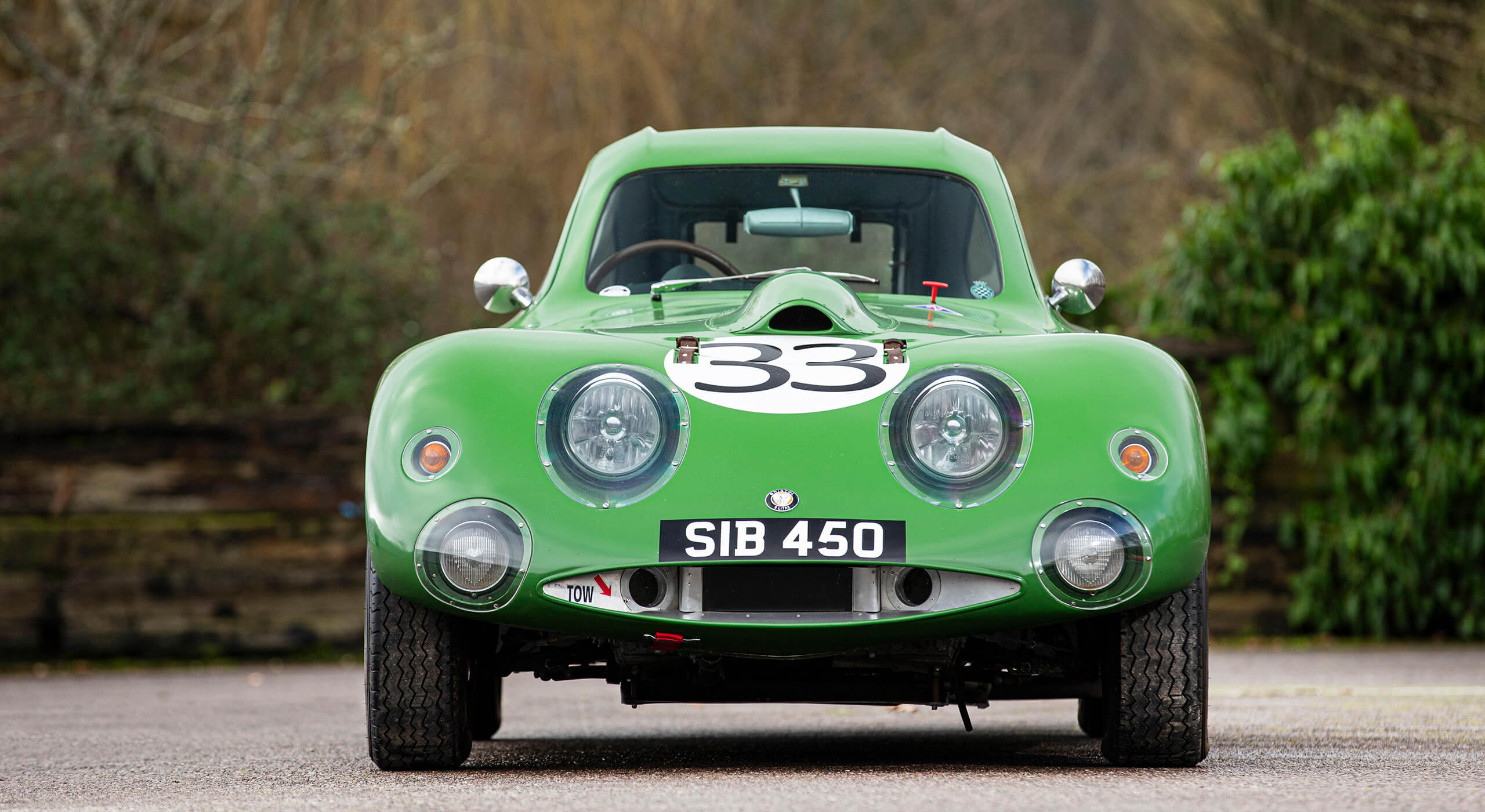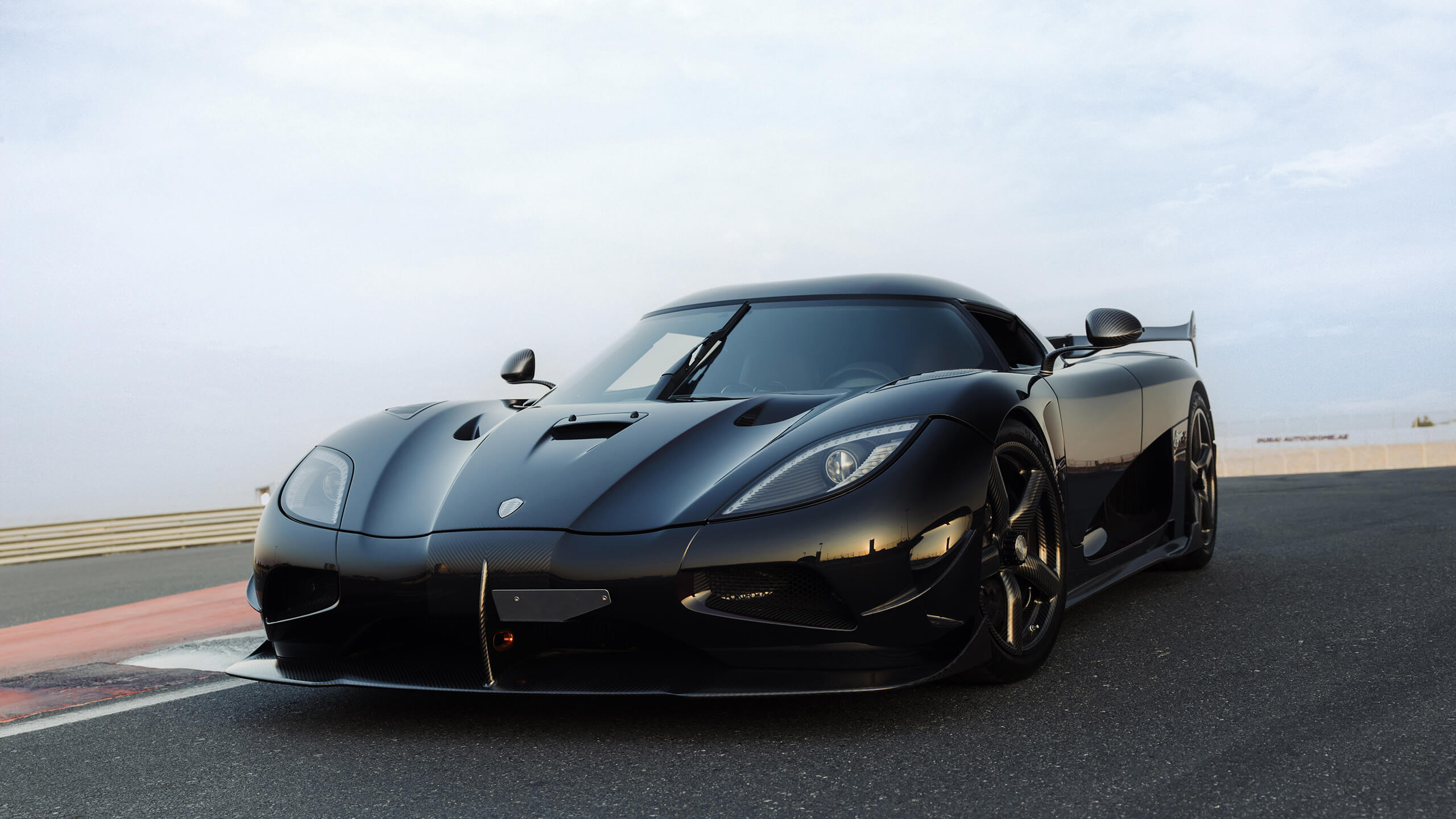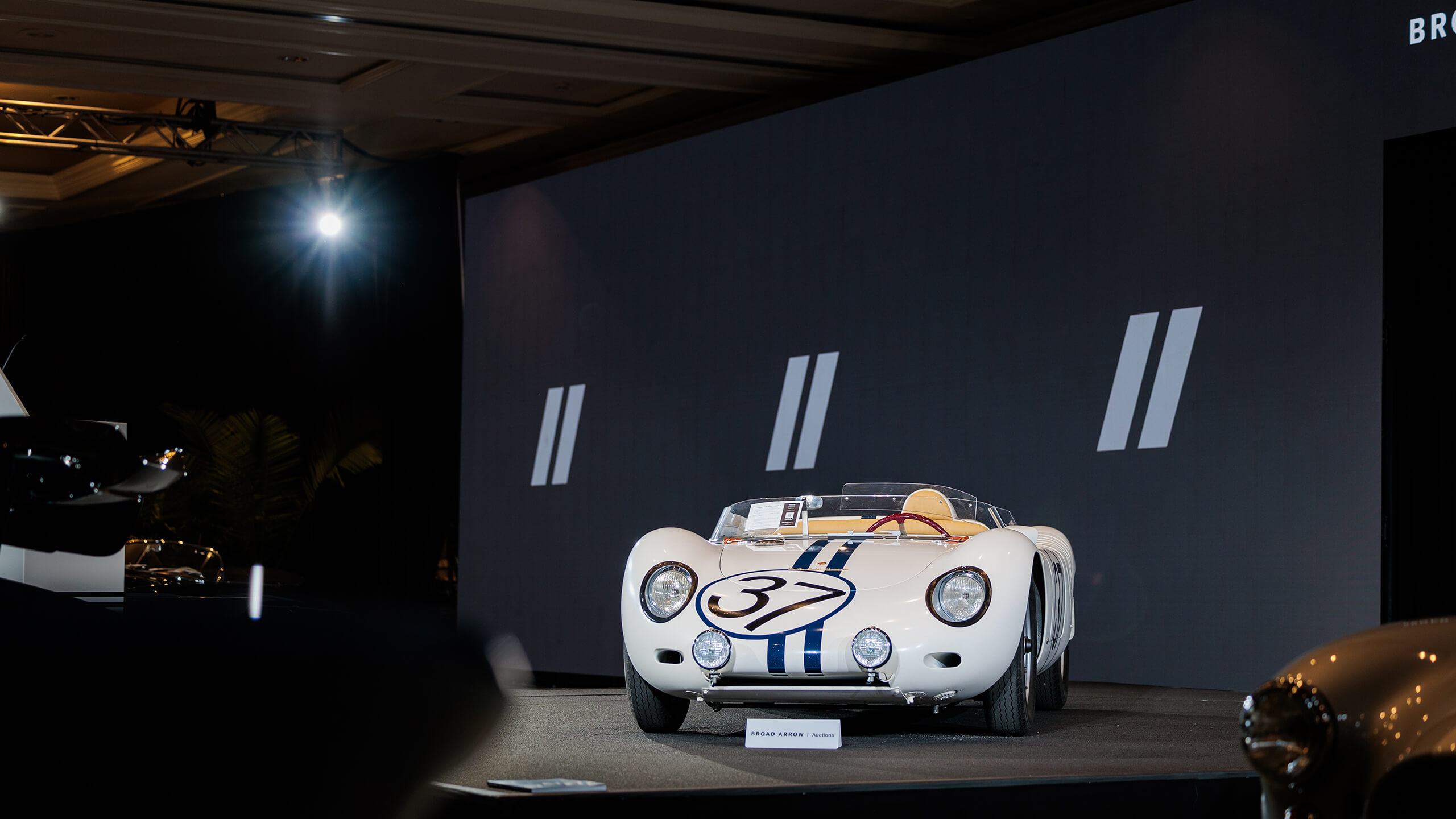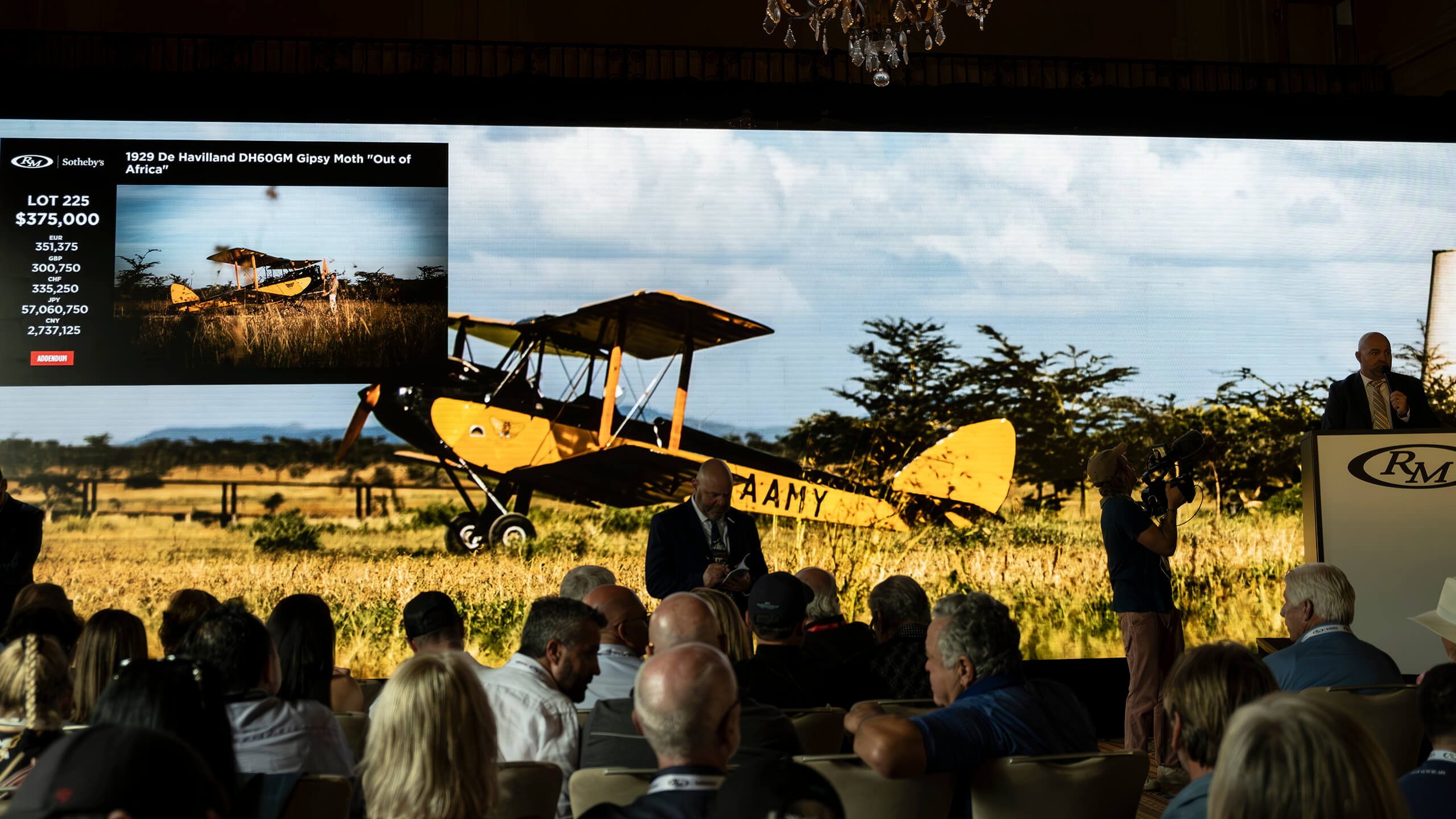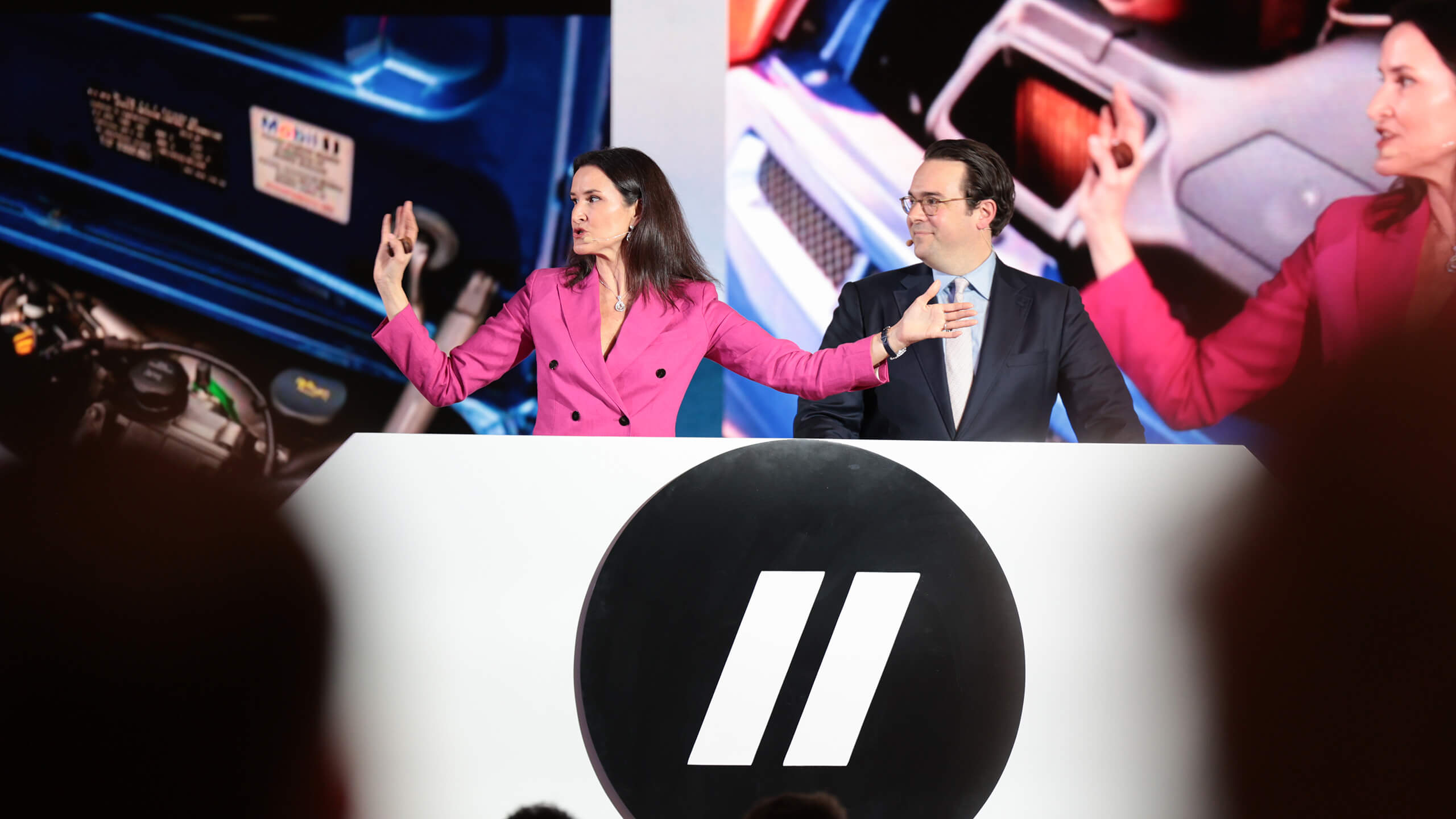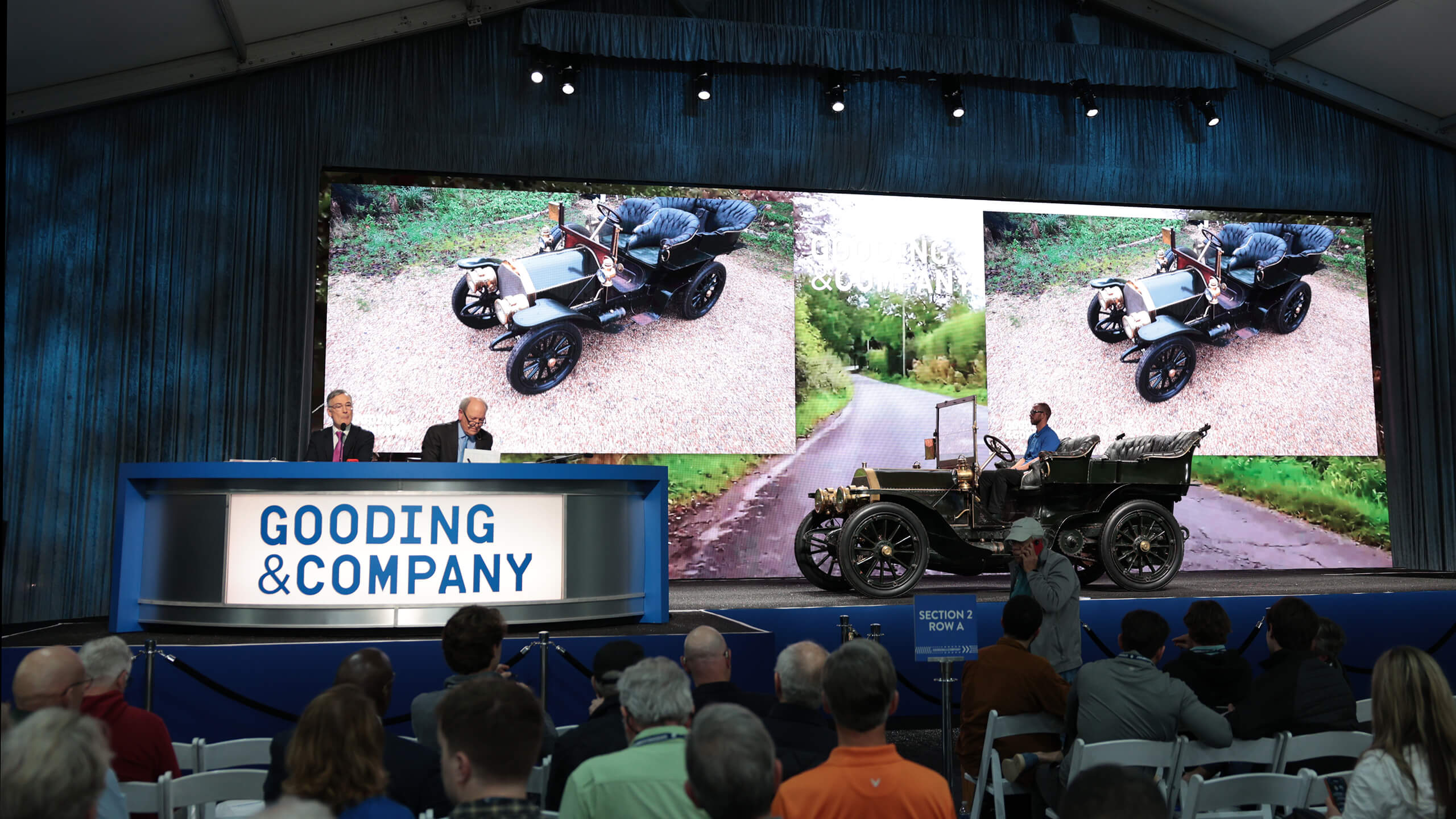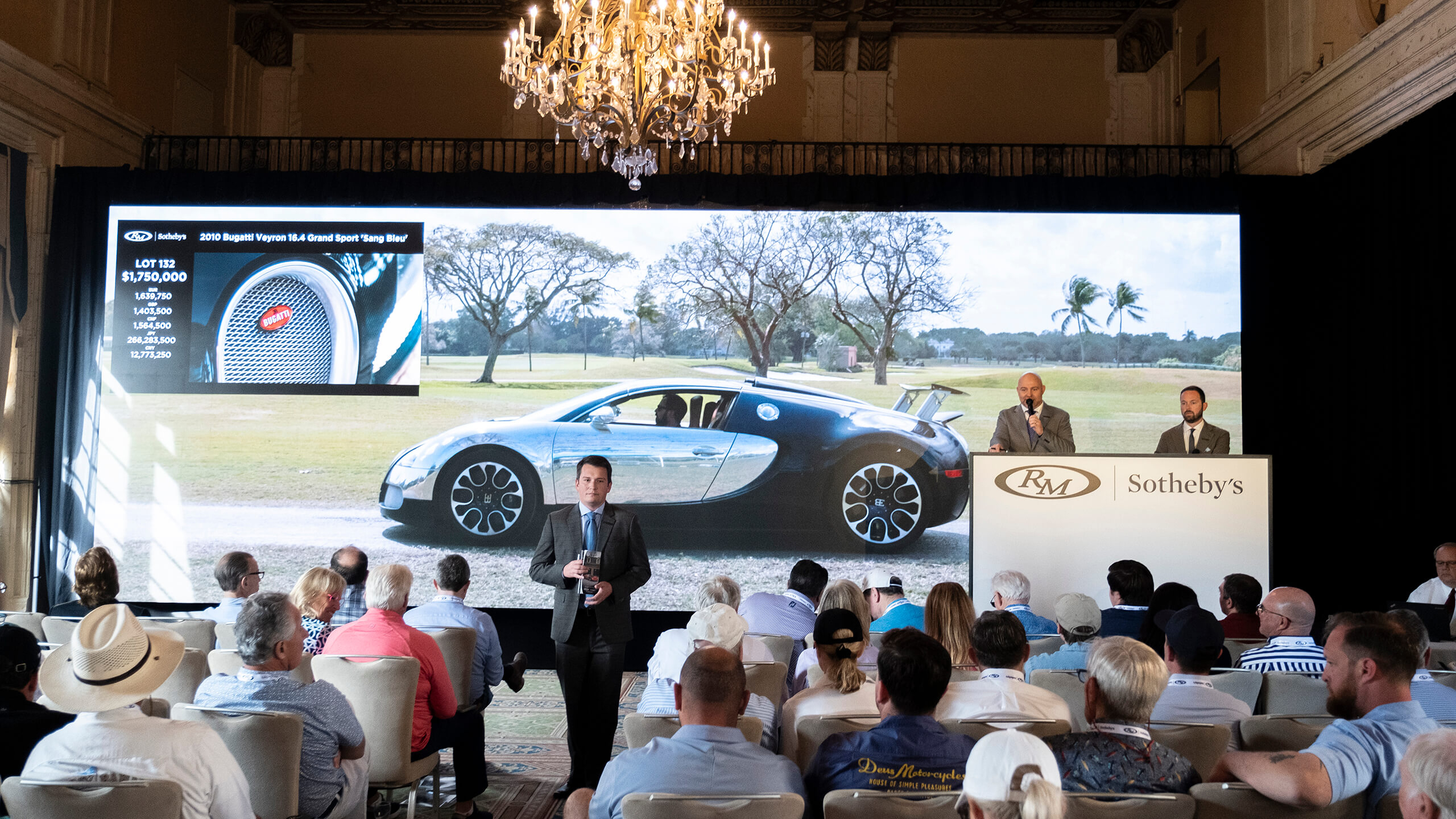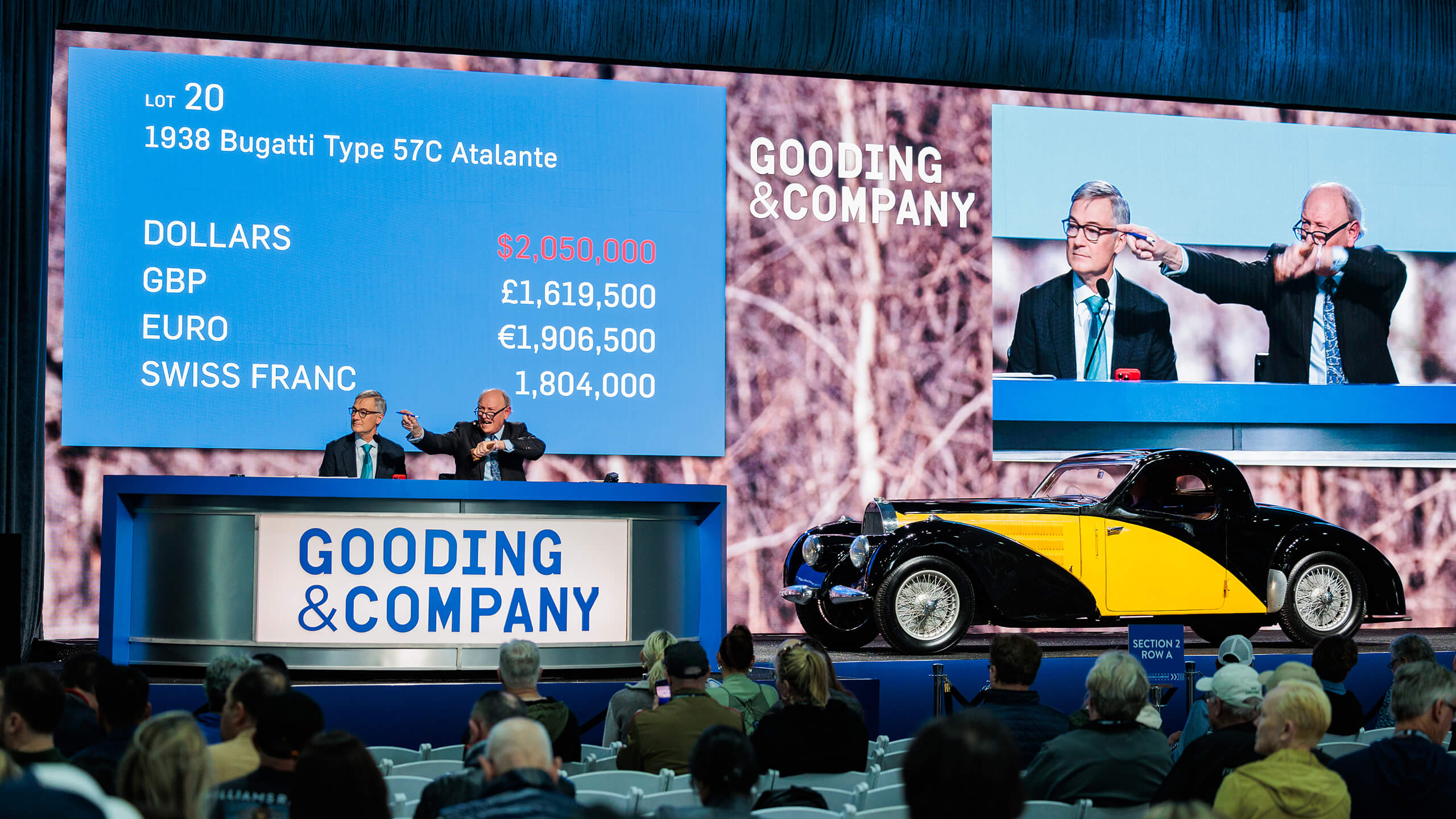Style guru Stephen Bayley talks about the Facel Vega HK500
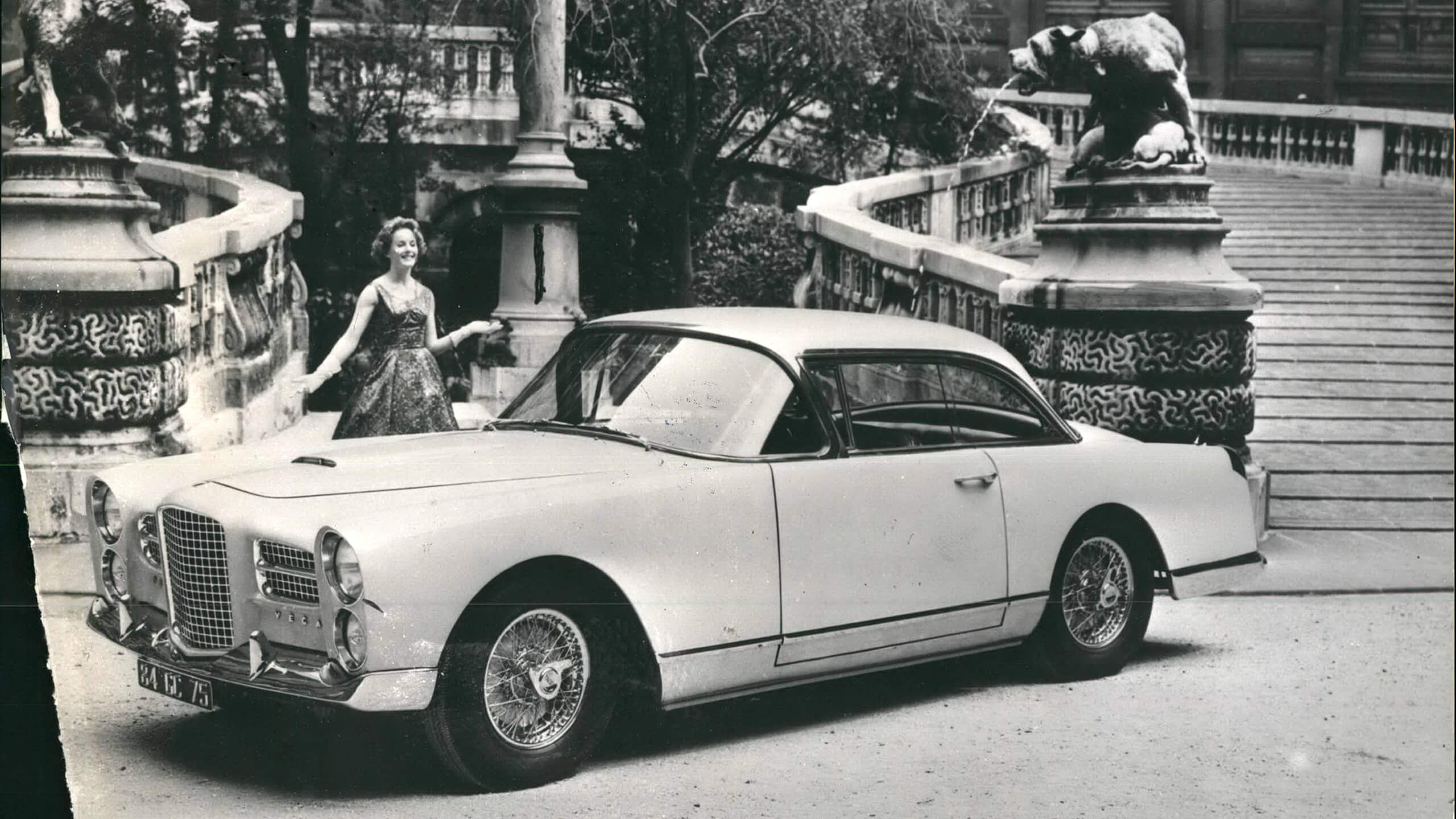
If you wanted to understand the French conception of luxe, this would be a good place to start.
Any car associated with Dean Martin, Pablo Picasso, Albert Camus, Jackie Collins and Sir Stirling Moss clearly transcends the norm of even serious classics. Collins said, “Getting behind the wheel of a Facel Vega is like having great sex – you want the moment to go on forever.”
The wily Moss was probably not a paying customer. It seems the equally wily Jean Daninos, Facel’s proprietor, might with Stirling have invented the ‘brand ambassador’. Moss, incidentally, kept his Paris-registered HK500 at Brussels airport, using it only to attend European Grands Prix.
Henri Racamier, founder of what became LVMH, once said that English luxury is masculine (meaning guns and whisky) while French luxury is feminine (meaning fashion and champagne). He might not have had kitchen equipment in mind, but it was bashing the metal for refrigerators that made Daninos’s fortune.
Facel is an acronym for Forges et Ateliers d’Eure et Loire; Vega is the second brightest star. Tiring of fridges, Daninos moved onto car bodies. The HK500 is, artistically speaking, an evolution of the Facel-bodied Ford France Comète, although its 6.3-litre Chrysler Typhoon V8 gave it a more than somewhat different character. It seems Daninos drew the shape himself. The chassis was designed by Lance Macklin.
The HK500 is visually extraordinary, a car of utterly gorgeous handsomeness: masses of brightwork, emphatic lights and a bold wraparound windscreen are prominent signifiers. But the shape – of aristocratic proportions – is wholly original and its presence emphatic. Why else would Picasso, who did not actually drive, have chosen one?
As a car, the HK500 is a curious amalgam of French ideas of luxury with American brute force and ignorance. It is like Ruhlmann furniture mingling with a Wurlitzer and a hot-rod. And it had every refinement imaginable for the late Fifties, one of the very first cars to be offered with a radio-phone. Curiously, the sumptuous leather interior is complemented not by rare natural wood, but by very effective faux bois painted metal.
There is perhaps a lot of artifice in this car but the Facel Vega HK500 is remembered for another reason. On 3 January 1960, the publisher Michel Gallimard and Albert Camus, the celebrated philosophical novelist, left Lourmarin in Provence bound for Paris. Camus had said he would prefer to travel by train. He did not like driving fast and had already written that there could be “nothing more absurd than to die in a car accident”. Gallimard’s car was an HK500.
The HK500 was very powerful and very heavy. The manufacturer was aware that, when not exciting comparisons to sex, it might be troublesome and the car’s manual advises:
At high speeds be careful:
To hold the steering-wheel with both hands except when shifting gears
To keep as close as possible to the centre of the road
Not to overtake on the brow of a hill
To reduce speed over the brow of a hill as a car might have stopped on the far side
Not to look at anything else but the road
Not to change the radio programme
Not to smoke
At one stage of the journey Camus said, “Hey, little friend, who’s in a hurry?” We will never know if Gallimard ignored the manufacturer’s advice and had a smoke while tuning into Radio Luxembourg, but at Villeblevin, about a hundred km south of Paris, the HK500 left the road and hit the trees, leaving debris over a five-hundred-foot radius. Camus was killed instantly.
Later, an associate of Gallimard prepared, in the French way, un dossier. Service records showed that the car had twice suffered seized rear wheel bearings. Gallimard had been told his own HK500 was a ‘tomb’.
Additionally, at 4000lb the HK500 was prone to brake fade and the handsome Dunlop wheels had a record of failing. For all its majestic presence, the HK500 was not dynamically competent. As the racing driver Paul Frère put it, “Daninos was not really an engineering man, he was a stylist.”
But what style! Facel Vega went out of business in 1964.
K500 subscribers can find market information on the Facel Vega HK500 HERE.
UK-based dealer Justin Banks specialises in Facel Vegas and offers the following advice:
“I think the HK500 represents the 1950s styling model, as opposed to the lines of the more modern Facel II. The HK500 was the final evolution of the FV line. I prefer an HK500 to an early FV but there are others who like the purer look of the earlier cars.
“I don’t really see much difference in the values for most of the series, and I prefer auto to manual – it’s not a sports car. Manuals are rarer, but the Pont-à-Mousson gearbox is an acquired taste.
“The HK500 is the go-to Facel Vega; it is the one that always springs to mind, and Stirling did have the use of one for a season. That helped with visibility. They were just crazy expensive new, which adds to the cachet of the marque. I would buy an HK500 over the FV range due to usability and stronger residuals.”
See justinbanks.com
Photo by Alamy


